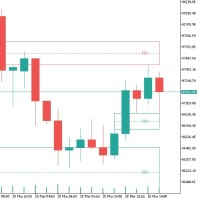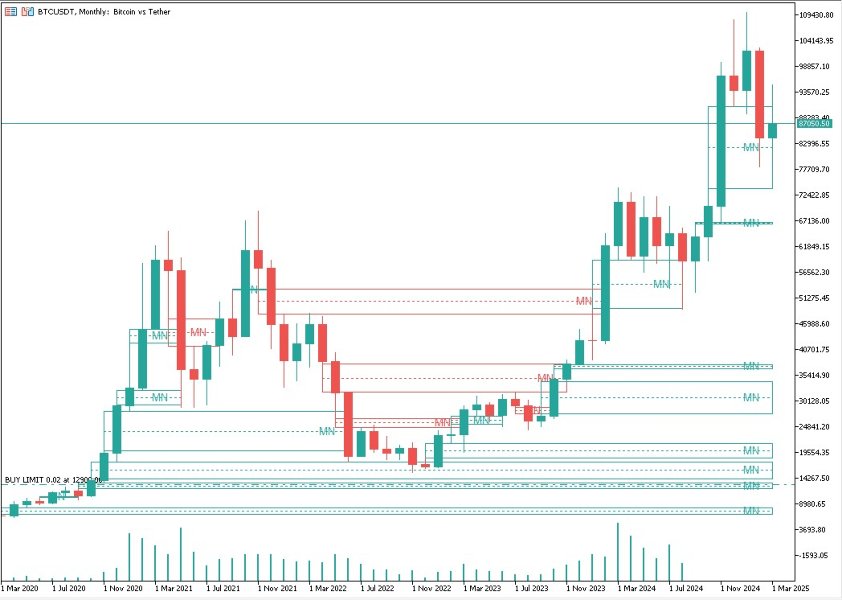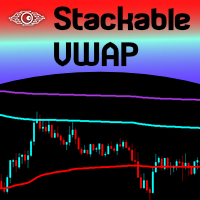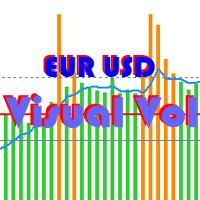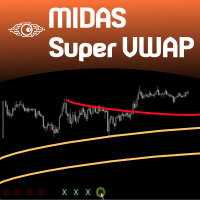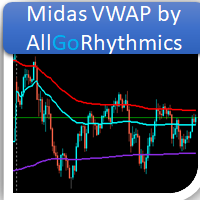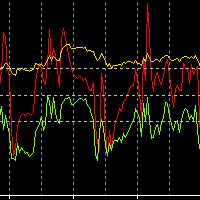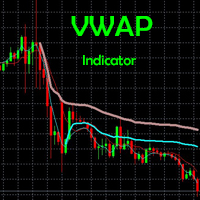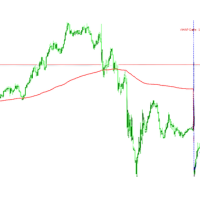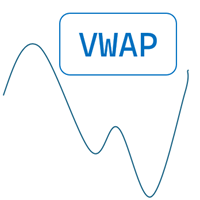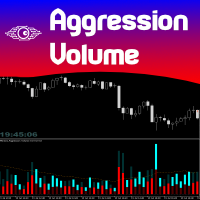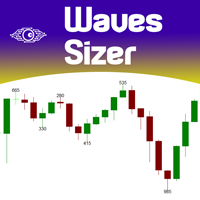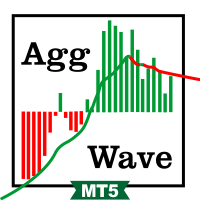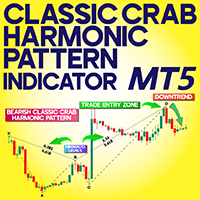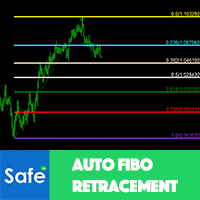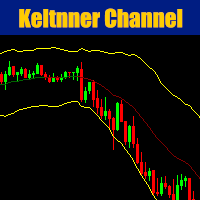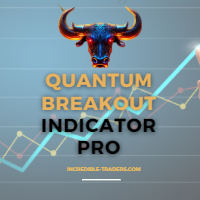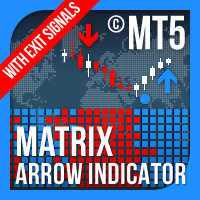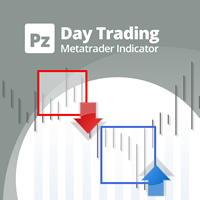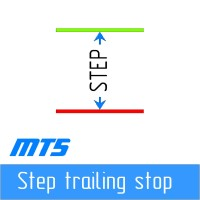Simple imbalance indicator
- Indicators
- Evgenii Zhivogliadov
- Version: 1.0
Imbalance in Trading: Basics and Strategies
Imbalance in trading is a phenomenon where there is a disparity between supply and demand in the market. This can manifest as an excess of buy orders (bullish imbalance) or sell orders (bearish imbalance), leading to inefficient pricing and creating opportunities for traders.
Technical Aspects
-
"Candlestick Pattern": Imbalance is often represented by a three-candle pattern, where the second candle is longer than the others and determines the direction of the movement.
-
"Candle Shadows": The main criterion for an imbalance is the non-overlap of the shadows of the first and third candles.
How to Trade Imbalance
Basic Strategy
-
"Identifying Imbalance": Look for areas where the price has changed sharply without sufficient trading volume.
-
"Entry Points": Enter trades after a partial or complete overlap of the imbalance, using limit orders.
-
"Risk Management": Place stop-losses outside the imbalance zone and take profits at 1.5–2 times the size of the imbalance.
Strategy Examples
-
"Partial or Full Imbalance Fill": Traders wait for the price to partially or fully fill the imbalance zone and open trades in the opposite direction of the movement.
-
In the case of a full imbalance fill, it is important that the imbalance is filled completely only by the shadow of the candle. If the filling occurs with the body of the candle (the candle closes behind the imbalance, passes through it), then in no case should you open a trade in the opposite direction.
-
-
"Using Order Blocks": Analyzing order blocks helps to determine entry and exit points in imbalance zones.
Recommendations
-
"Using Limit Orders": To minimize risks and accurately enter trades.
-
"Tracking News": Economic events can influence the occurrence of imbalances.
-
"Testing Strategies": Regularly test the effectiveness of strategies on historical data.
Timeframes for Trading Imbalances
The most suitable timeframes for trading imbalances are those that allow you to clearly see the market structure and identify areas of imbalance between supply and demand.
Recommended timeframes
-
"Hourly (H1)": This timeframe allows you to see short-term trends and imbalances that can be useful for intraday trading. It provides a good balance between detail and market noise.
-
"Four-Hour (H4)": Suitable for medium-term trading, it allows you to better see the market structure and larger imbalances. This is a good option for swing trading.
-
"Daily (D1)": Used for long-term analysis and identification of large imbalance zones. Suitable for position trading and minimizes market noise.
Why these timeframes?
-
"Hourly (H1)": Allows you to quickly respond to market changes and identify short-term imbalances.
-
"Four-Hour (H4)": Provides a more detailed analysis of the market structure and allows for better planning of medium-term trades.
-
"Daily (D1)": Provides a clear view of long-term trends and large imbalance zones, which is important for position trading.
Benefits of using these timeframes
-
"Noise Reduction": Higher timeframes, such as H4 and D1, minimize market noise and focus on major trends and imbalances.
-
"Improved Accuracy": Older timeframes provide more reliable signals and allow for better trade planning.
-
"Risk Management": Using higher timeframes helps to set more accurate stop-losses and manage risks more effectively.
Mistakes to Avoid When Trading Imbalances
When trading imbalances, traders often make several mistakes that can lead to losses. Here are some of the most common mistakes to avoid:
Mistakes when trading imbalance
-
Lack of consideration of the overall market structure:
-
"Mistake": Trading imbalances without considering the overall market structure and other analysis tools.
-
"Solution": Use imbalances in conjunction with other technical indicators and tools, such as order blocks and Fibonacci levels.
-
-
Incorrect definition of imbalance:
-
"Mistake": Incorrectly defining the boundaries of an imbalance, especially in the presence of an inside bar.
-
"Solution": Mark the imbalance from the boundaries of the larger candle when an inside bar is present.
-
-
Entering a trade without confirmation:
-
"Mistake": Entering a trade without confirmation from other technical indicators or market signals.
-
"Solution": Wait for confirmation from other tools, such as order blocks or support/resistance zones.
-
-
Incorrect risk management:
-
"Mistake": Setting stop-losses inside the imbalance zone or too close to the entry price.
-
"Solution": Set stop-losses outside the imbalance zone or key levels.
-
-
Averaging losing positions:
-
"Mistake": Trying to average losses by adding to the position.
-
"Solution": Avoid averaging losing positions and close them on time.
-
-
Trading imbalances without considering news:
-
"Mistake": Ignoring important news and events that may affect the market.
-
"Solution": Follow economic news and events that may influence the formation of imbalances.
-
By avoiding these mistakes, traders can trade imbalances more effectively and minimize risks.
